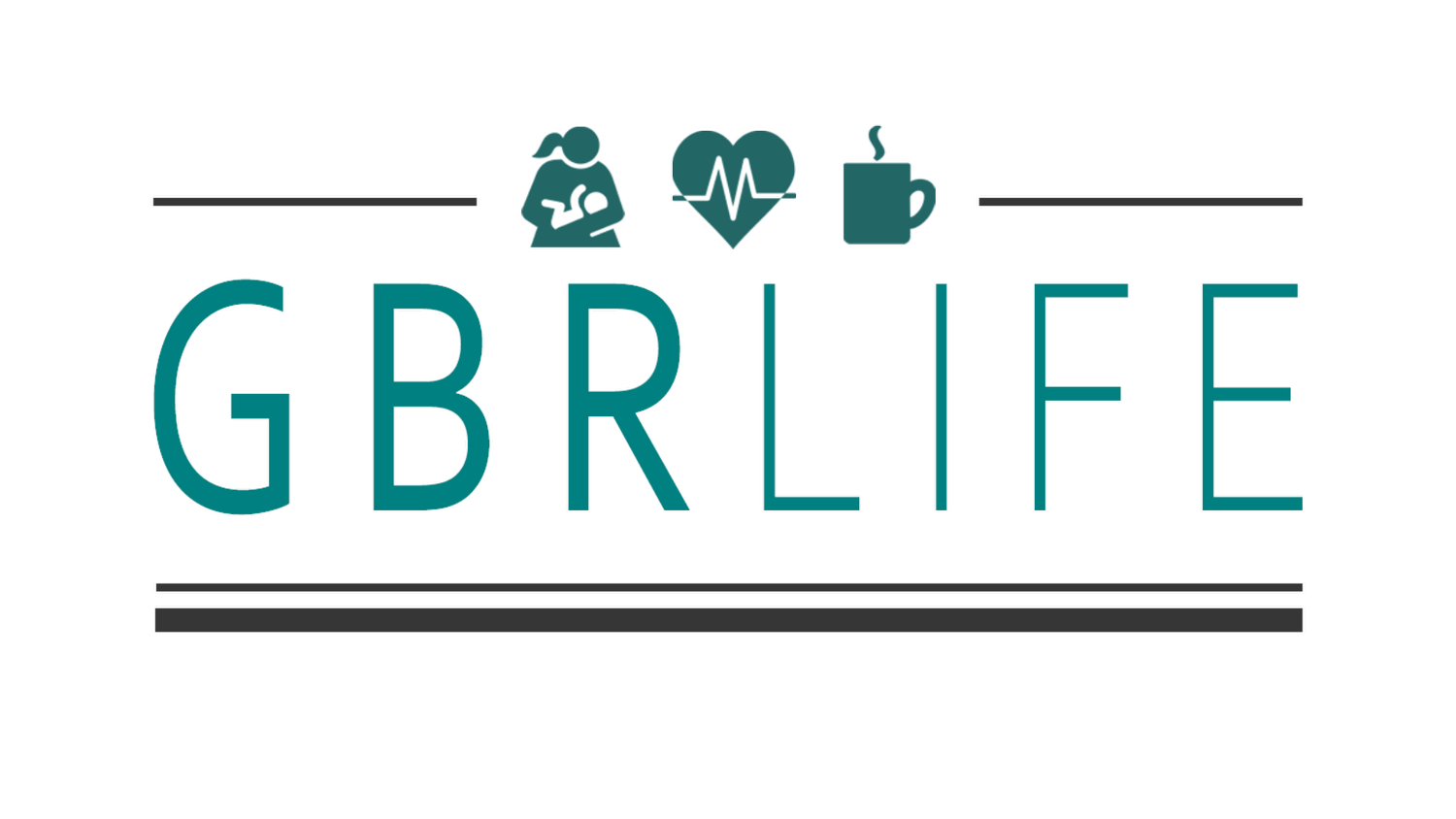How Early Darkness Impacts the Mind: The Psychology of 4 PM Nights
The other day, I glanced out my office window and did a double-take at the darkness outside. My phone read 4:23 PM, but my brain insisted it must be much later. Turns out I'm in good company – about 80% of office workers report this same disorienting experience during winter months. That tiny cognitive hiccup we all feel? It's actually our brain chemistry throwing a small rebellion against modern life.
Here's what fascinates me: our bodies are essentially running on ancient software in a modern world. We get 80-90% of our vitamin D from sunlight, which worked great for our ancestors who spent their days outdoors. But now? Most of us are stuck inside during the precious few hours of winter daylight, leading to some pretty staggering numbers – about 42% of Americans are vitamin D deficient, jumping to 62% during winter months in northern states. No wonder our bodies feel confused.
That sleepy feeling hitting you way too early isn't just in your head – well, actually, it is, but in a very real, chemical way. When darkness falls, our bodies flood with melatonin at three times the usual rate, regardless of what time your watch shows. It's like our internal clock is getting some seriously mixed signals, leading to what scientists have found is a 30% drop in serotonin compared to summer levels.
Image Credit: @samuel_s
The early darkness doesn't just mess with our minds; it changes how we move through our world in subtle but significant ways. Think about how many times you've canceled evening plans in winter because it "feels too late" at 6 PM. You're not alone – evening social activities drop by 30% compared to summer, while online activity jumps up by 28%. We're essentially becoming digital cave dwellers, swapping outdoor activities for screen time as our bodies try to make sense of the early night.
While these changes can feel overwhelming, understanding them can be empowering. For instance, knowing that about 5% of the U.S. population experiences Seasonal Affective Disorder (SAD), with another 10-20% dealing with milder winter blues, helps us realize we're not alone in these feelings. It's particularly common in women, who are four times more likely to be diagnosed with SAD than men. And location plays a huge role – while only 1% of Florida residents experience SAD, that number jumps to 9% in Alaska. Sometimes just knowing these patterns exist can help us feel less alone in our winter struggles.
There's an interesting twist to how we handle these early sunsets socially. While we might feel more isolated – and data shows in-person interactions drop by 21% during winter evenings – we actually reach out more online. Social media use climbs by 28% during these early dark hours. It's like we're finding new ways to stay connected when our bodies are telling us to hibernate.
Our work lives feel this seasonal shift too. That afternoon slump hits different when it's already dark outside, doesn't it? Research shows our productivity can dip by about 20% during winter months, and about 44% of us struggle to concentrate after sunset. Remote workers have found their own way to adapt, with 32% shifting to non-traditional hours to catch more natural light.
The good news is that understanding these patterns helps us adapt better. Light therapy has shown impressive results, improving mood in 85% of SAD cases. Even simple changes can make a big difference – regular exercise can cut winter mood symptoms in half, and maintaining social connections, even virtual ones, boosts our mood-regulating hormones by 25%.
As we navigate these early sunsets, it helps to remember that our reactions aren't just in our heads – they're backed by science and shared by many. From shifted eating patterns (67% of us report changes in hunger timing) to altered sleep schedules, these changes are part of our collective winter experience.
The early darkness brings challenges, but it also offers opportunities. Those cozy evening hours might actually boost creativity – studies show a 23% increase in creative thinking during early evening darkness. Maybe our ancestors used these long nights for storytelling and reflection, and perhaps there's wisdom in following their lead, even in our modern world.
As winter settles in, remember that adaptation doesn't mean fighting against these changes but working with them mindfully. Whether you're in a busy city (where light pollution is 25% higher but SAD rates are 15% lower than rural areas) or in the countryside, finding your winter rhythm is personal but not solitary.
Understanding these patterns doesn't make the darkness go away, but it helps us navigate it better. And isn't there something comforting in knowing that millions of others are watching the same early sunset, feeling the same shifts, and finding their way through the darkness too?


